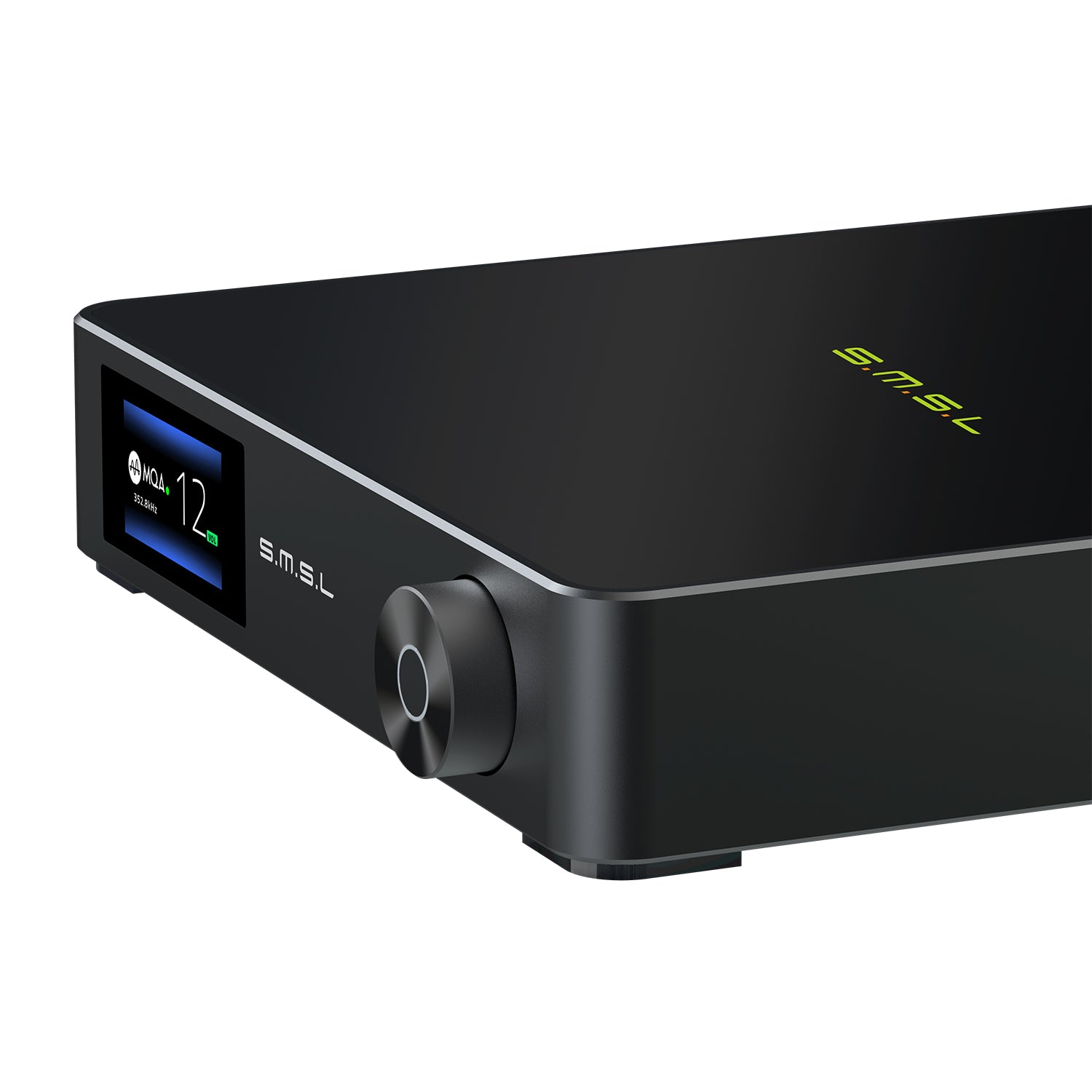
TOPPING D90 MQA DAC Review - All Around Excellence
This review has been created by Makiah Shenay from Oak Forest Audio especially for the audio community on Apos Audio.
Launched in late 2019, TOPPING's extraordinary D90 made waves among the audiophile community, and now finally the D90's MQA ready counterpart is available. In terms of hardware the only change vs the base model is the upgrade to a XMOS 216 chipset on the MQA variant over the original's 208. It's likely the new chipset is present to aid in the MQA decoding the original does not support. I, for one, appreciate that TOPPING chose to utilize a more powerful XMOS USB interface to aide in the added MQA support, which is available only through USB input.
Priced at $799, the MQA Edition D90 is only an additional $100 over the base model for those who need the added MQA Support. I'd also like to thank Apos Audio for allowing me the chance to spend a week listening to this new product in exchange for my thoughts. It will certainly be missed!
Build
Included packing is clean, simple, and straightforward. Opening up the box there's ample protective foam and included paperwork such as manuals and sales catalogs.

Honestly, I'm impressed with both the heft and overall finish of D90. Its front panel is clean, the buttons and chassis are machined well, and all input/output jacks have a nice solid feel about them.


My only real complaint would be not having full functionality with only the Front Panel controls, the included remote is absolutely necessary for full functionality. The remote itself, plastic, is well put together with a satisfying weight feel and tactility so it was delightful to use.
And I'm happy to say D90's wide array of features all work seamlessly without any fuss. MQA playback was plug and play with the variety of devices I used and setting up Bluetooth was easy and straightforward.
Sound Quality
Overall I find D90 to be lean with a slightly dry/bright tonality, immediate weighty presentation and average staging. The TOPPING D90 MQA includes a variety of digital filters. I performed all of my long impressions with it set to "Mode 3" which is the Short Delay Sharp Roll Off filter.

I performed my initial listening with a Koss x Massdrop ESP 95X fed right out from the D90. The track list was a variety of both offline files and MQA played with USB Audio Player Pro with USB out of my Samsung Tab S4 into the D90 including but not limited to:
Goat Rodeo - The Goat Rodeo Sessions: Attaboy
TOPPING D90 MQA vs TOPPING D10

Maybe an unfair comparison but I feel D10 serves as a good baseline, and overall I felt D90 presented a sharper vivid transient response and dynamic contrast. While the staging on D10 was sufficient in terms of width, moving up to D90 added a sense of both height and depth. Moving up to D90 after spending some time with D10 felt as though there was a haze lifted. D90 presented a clear picture of not only where the musicians and instruments were placed in space but also provided nuance to the point whereby I could get a clear idea of how the musicians were interacting with their instruments beyond the execution of straightforward technique.
Not to say that D10 is a bad product by any means, I just found it disengaging to listen on D10 after hearing the clarity of D90.
Schiit Modi 3 vs TOPPING D90 MQA

However I will say I did enjoy the tonality of Modi 3 even against D90, though the lack of discernible detail was enough to draw my attention away from that lovely tone.
JDS Labs EL DAC vs TOPPING D90 MQA

Tonality is where EL DAC, like Modi 3, takes a slight lead except EL DAC does not come off as "smoothed" over. However there were a few tracks and mixes where EL DAC fell pry to congestion especially with wet or bass heavy mixes, and it consistently fell shy of D90's transient response. Either not resolving micro detail as vividly or simply presenting silence where D90 would resolve some very quiet low-level transients.
Owners of EL DAC can expect D90 to bring a noticeable improvement to clarity, detail, and staging! And honestly while I have not heard all of the new DAC options in this $500-999 price point, I do feel D90 is one of the first I've heard to really distinguish itself in a tier above EL DAC.
Though an equally important question is how D90 compares to a higher priced DAC?
RME ADI 2 vs TOPPING D90 MQA

In terms of function I have to give props to RME for having full functionality programmed into both the included remote and the built-in display and on board physical interface! Function wise the ADI 2 features a variety of digital filters (which D90 has as well), Parametric EQ, and other digital tweaks alongside a headphone amp. Speaking of filters I also ran the Short Delay Sharp Roll Off filter on my RME ADI 2.

Regarding low frequencies I found the D90 to be;
- Punchier
- Presenting a more immediate sense of slam or force
- Drier
- Less audible reverb or "fullness"
- Rougher
- Having slight emphasis on the tactile interaction of instruments against hands, picks, bows etc.
- Forward
- Or having some audible emphasis
Conclusion

While I still feel the RME ADI is overall a higher performing product it's also a full $500 more. Despite costing a little over one and a half times more, around a 58% price increase over D90, this increase in price does not yield an equivalent increase in performance. In fact many of you may be able to build entire DAC/Amp systems with D90 MQA at it's core that will easily outperform the RME ADI 2 functioning as an all in one.
That said I'm happy to give the Topping D90 MQA DAC my full support and recommendation to anyone wanting an excellent clear voiced highly functional balanced DAC with or without MQA. I find the overall sound quality, function, and build/physical interface experience far exceed my expectations and present a real lasting sense of value!


